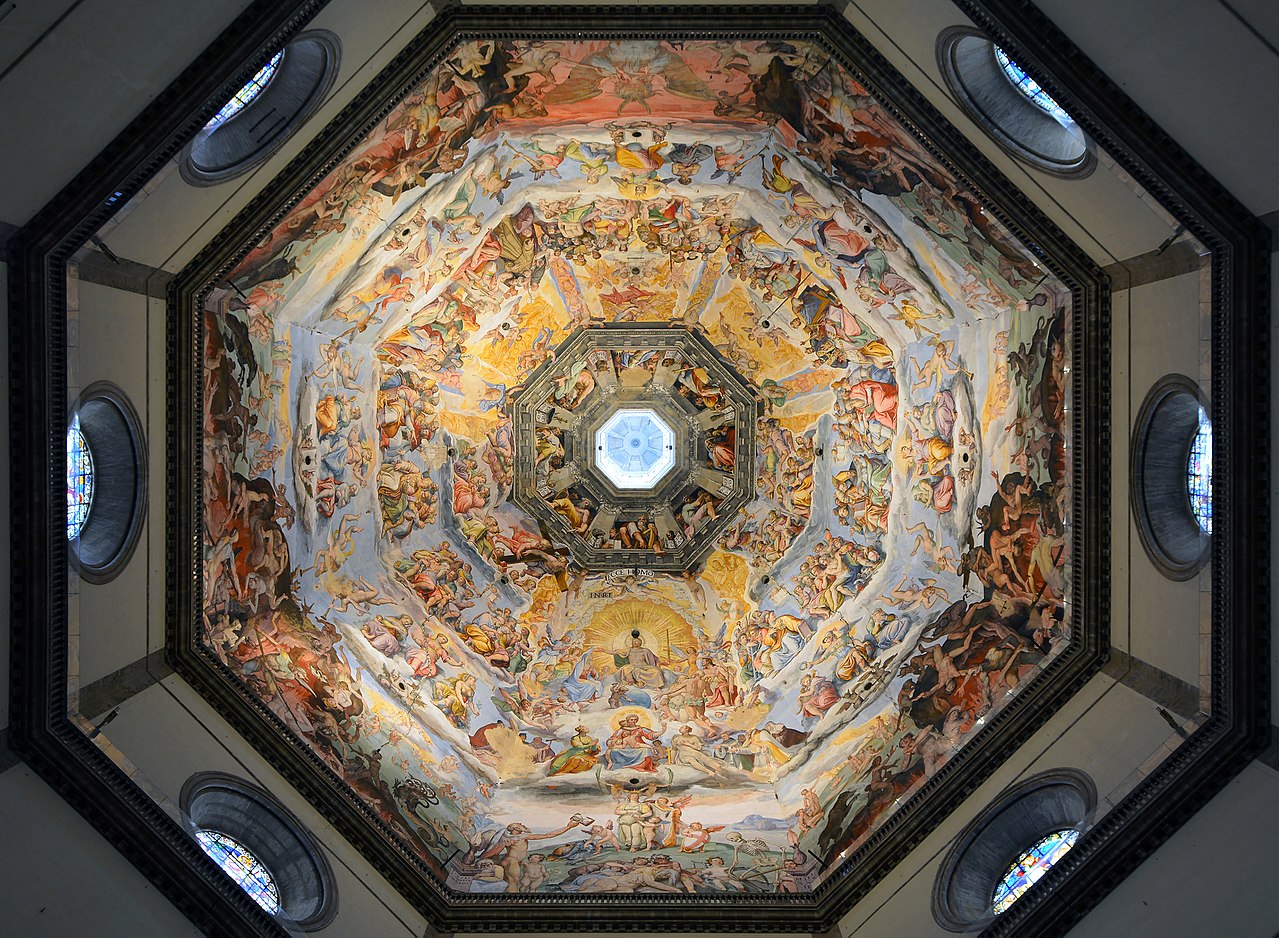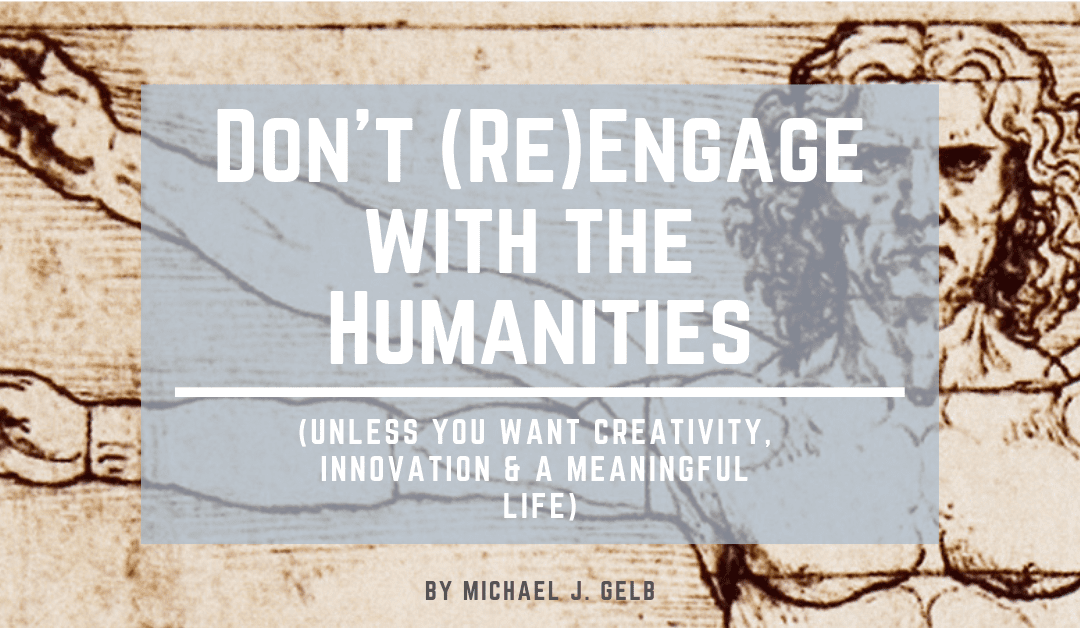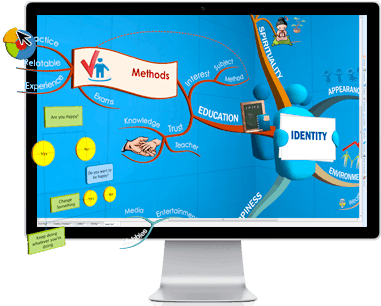
Written by Michael J. Gelb
About ten years ago the magazine of the U.S. Bureau of Labor Statistics published an article entitled “What Can I Do With My Liberal Arts Degree?” The article begins by asking a question that many parents have asked their children when they announced that they wanted to study philosophy, history, art or music:
“What the heck are you going to do with a degree in that?”
The assumption is that the study of “soft”, human-centered questions has little practical value, unless one is seeking a career as a philosophy, history, art or music teacher. If you want to be successful in an era of high technology and big data, then the so-called “hard” disciplines of science, technology, engineering and math are presumed to be the preferred path.
This notion manifests in the STEM initiatives sponsored by many companies and governments today — promoting the importance of Science, Technology Engineering and Math.

But, now more than ever, we need to integrate the hard and the soft, the technological and the human, the scientific and the artistic ways, of making sense of our world. Brilliant thinkers like fellow panelist Fred Kofman make compelling cases for Why this integration is essential.
My passion is exploring and teaching How we can find this balance within ourselves. How can we in real terms discover the integration of yin and yang?
Learning from Leonardo da Vinci
Baby ducks learn to walk by imitating their mothers. Learning by imitation is fundamental to many species including humans. The good news for us, as adults, is that we can choose whom we wish to imitate. If we are interested in the balanced, full expression of our human potential then Leonardo da Vinci can serve as an unparalleled role model.
When I was a child I had 2 heroes, Superman and Leonardo da Vinci. I remember when I discovered that Superman was only a comic book character, but Leonardo was real.
His “Mona Lisa” and “Last Supper” are among the greatest miracles of human expression. His scientific and technological innovations were far beyond his time — he conceived the concept of automation, sketched out the ball bearing, and invented the parachute before anyone could fly!
That’s thinking ahead!

Leonardo serves as a universal archetype of the fulfillment of human potential and a practical role model for the integration of technology and humanities.
Before I share the 7 principles for thinking like Leonardo, let’s consider the context in which our contemporary understanding of the Humanities arose.
The Marriage of Art & Science
Humanism and the idea of individual creative potential go hand-in-hand. Prior to the Renaissance, the notion of individual creativity didn’t exist, because the concept of individuality as we now understand it didn’t exist. Paintings, for example, remained unsigned, and painters, anonymous, because the individual was considered unimportant. All creative power was vested Above.
Gothic cathedrals like Chartres were the products of thousands of people toiling anonymously in collaborative efforts that continued over hundreds of years. The great cathedrals were designed to give the person who entered them an overwhelming feeling of insignificance in the presence of an omnipotent and omniscient Deity.
A remarkable shift occurred during the Renaissance, when the power and potency of the individual began once again to be celebrated, as they had been in classical times. In 1486, the Renaissance scholar and philosopher Pico della Mirandola offered his Oration on the Dignity of Man, heralding the shift from the medieval worldview, which disempowered the individual, to the revolutionary notion that we humans are blessed with powers of free will and creativity that are unlimited and virtually godlike.
500 years ago, Pico emphasized the importance of reengaging with the humanities. And he articulated the idea that creativity is part of what makes us uniquely human. Leonardo da Vinci’s “Vitruvian Man” and Michelangelo’s “David” are the best-known symbols of this humanistic rebirth of individual creativity. But there is one man, Filippo Brunelleschi, who was the pre-eminent force in the emergence of the new human-centered worldview, for he both literally and figuratively created a new human-centered perspective. Just as the Gothic cathedrals had communicated a message about humanity’s place in the universe, Brunelleschi’s architecture sent an equally profound but different message, as best exemplified by his dome for the Florence cathedral.


Standing beneath Brunelleschi’s dome, one feels oneself to be at the center of Creation. One does not feel overpowered and belittled, but exalted and uplifted in this space. Humankind’s potential is also affirmed in Brunelleschi’s invention of three-dimensional perspective in art; which he taught to Masaccio, who produced the first Renaissance painting and to Donatello who created the first Renaissance sculpture. And Brunelleschi also registered the world’s first patent for an invention (his remarkable ox-hoist) – thereby formalizing the legal and economic expression of the value placed on individual creative capital.
Ever since Brunelleschi got the first patent there’s been an evolving relationship between creativity, the humanities and business. Then as now, technological developments drive profound change.
The feudal system of the Middle Ages collapsed for many complex reasons but accelerating technology was key, starting with the invention of the long-range cannon, which could blast through the walls of the feudal fortress. As fortress walls crumbled the printing press, magnetic compass, mechanical clock, microscope and telescope expanded European horizons exponentially. The breakthroughs that drove the transformation of the Middle Ages into the Renaissance were all made possible by the funding that became available as innovative accounting and banking systems evolved.
Brunelleschi, Leonardo, Michelangelo, Raphael and all their fellow geniuses wouldn’t have created much of anything without the Renaissance equivalent of corporate sponsorship. If the Sforza, Medici and a succession of Popes hadn’t provided the cash, the Florence cathedral would’ve remained open to the elements and there would have been no “Last Supper,” “David” or “School of Athens.”
The entrepreneurial spirit provides the most energy and opportunity for creative expression. And now, as we face unprecedented global environmental, financial and social challenges, the ability to integrate science, technology, profit, art and the humanities is more urgent and important than ever.
Historian of science George Sarton writes:
“Since the growth of knowledge is the core of progress, the history of science ought to be the core of general history. Yet the main problems of life cannot be solved by scientists alone, or by artists and humanists: we need the cooperation of them all.”
Leonardo gave practical advice to his students on how to cultivate that cooperation through the marriage of art and science. I spent years studying Leonardo’s notebooks and literally walking in his footsteps and aiming to see the world from his point of view with one unifying question: What can we learn from him to fulfill our human potential?
Here’s a brief overview of the 7 da Vinci principles
1. Inspire Curiosity: Curiosità
- Who asks the most questions?
- Who has the most vivid imagination?
- And who has the most energy?
Children.
Curiosity is our birthright.
Passionate questioning allows children to learn rapidly in the first five years of life. But then we send them to school, where they learn that answers are more important than questions.
Geniuses like da Vinci, however, maintain a passionate curiosity throughout life. And the most creative, innovative businesses are alive with the spirit of Curiosità.
2. Cultivate Independent Thinking: Dimostrazione
Besides the strictures of the Church, what was the biggest impediment to independent thinking at the time of Leonardo?
Information was hard to get. Books were rare. And only available in Latin, which you wouldn’t have learned unless you were from a noble family. (Leonardo taught himself Latin when he was 40 years old so he could read the classics as they became available).
What’s the impediment to independent thinking today? Too much information! How do we cut through the tsunami of spam to think for ourselves?
Leonardo provides relevant guidance. He noted,
“The greatest deception men suffer is from their own opinions.”
3. Sharpen Your Senses: Sensazione
In business, this translates into listening well and being observant — simple advice that’s difficult to heed in an increasingly distracted world.
Leonardo guides us to sharpen all our senses, and put more dolce in our vita, by cultivating the appreciation of beauty.
4. Embrace Uncertainty: Sfumato
The essence of creativity is to be willing to be surprised. That’s the –nova in innovation.
Leonardo counsels us to smile in the face of uncertainty and ambiguity so creative ideas can emerge.
5. Balance Logic and Imagination: Arte/Scienza
Like Leonardo da Vinci, be a whole brain thinker. Use mind mapping, a practical method inspired by Leonardo’s note-taking, to integrate logic and imagination and generate more ideas in less time.
6. Balance Body and Mind: Corporalità
In addition to being an artistic and scientific genius, Leonardo was also an exceptional athlete, widely known as the strongest man in Florence, and an accomplished fencer, horseman and juggler.
We think of creativity as an intellectual exercise, but it requires tremendous energy. Leonardo gives specific practical advice on how to cultivate health and wellness. He advises,
“Learn to preserve your own health.”
7. Make New Connections: Connessione
Leonardo noted:
“Everything connects to everything else.”
Like Peter Drucker, he guides us toward a systems perspective, to look for connections and patterns, to take a more holistic view of ourselves and our organizations. STEM to STEAM
In a meta-study coordinated at MIT, researchers discovered that scientists and engineers who are involved in an artistic pursuit, in other words, engaged in the humanities, are much more likely to be outstanding scientists and engineers.

STEM must be replaced by STEAM.
Science, Technology, Engineering, ART and Math.
And Leonardo da Vinci can serve us as the supreme role model for the power of STEAM.

Related Articles
Let Mona Lisa Help You Manage Change
Utilizing Creativity to Manage ChangeI led my first 5-day management retreat for the International Field Service Leadership Team of Digital Equipment Corporation (DEC) in 1979. The theme was “Utilizing creativity to deal with accelerating change.” DEC’s Field Service...


